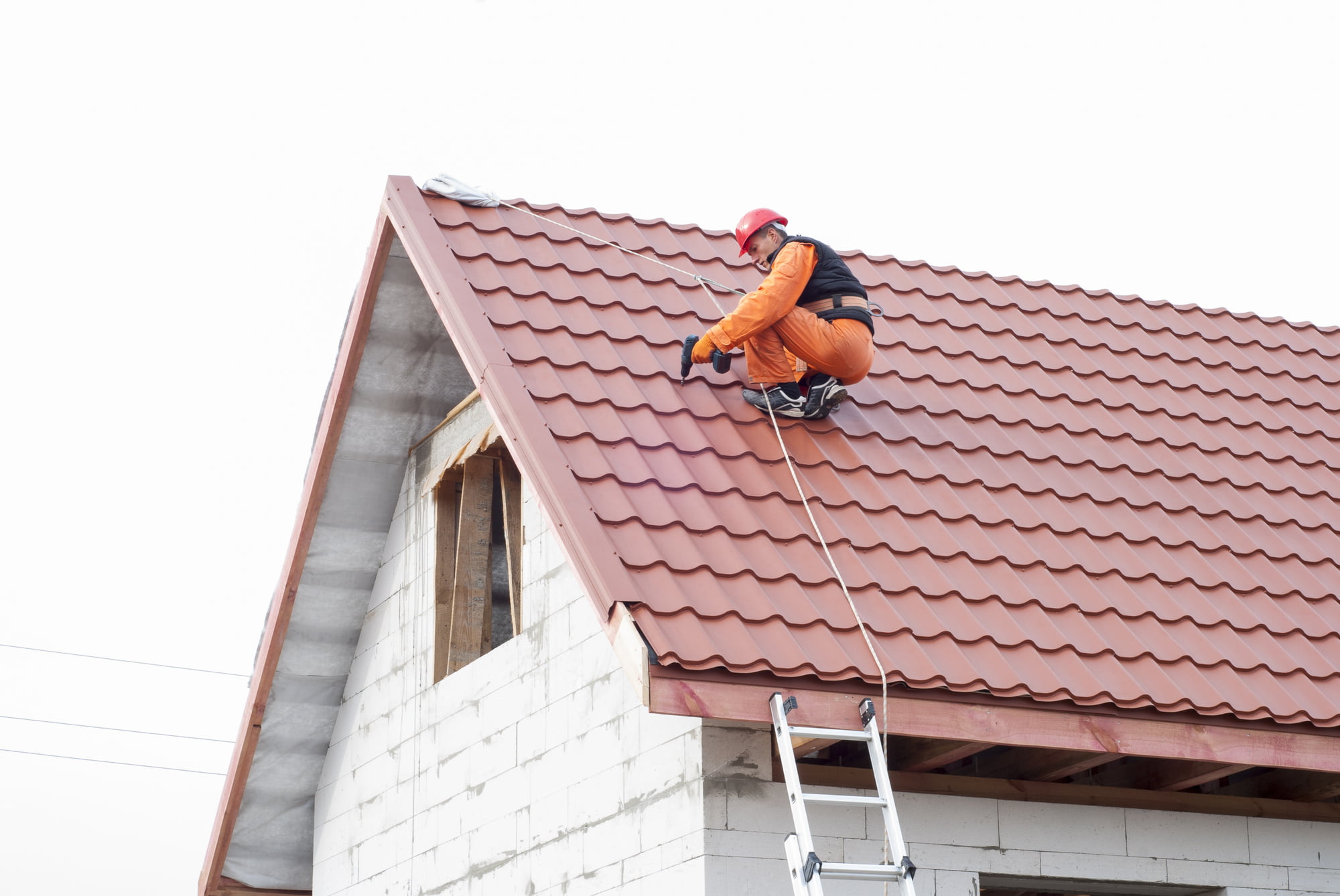What kind of common errors do roofers make?
Roof installation errors come in all shapes and sizes, but all of them leave a bad taste in the mouths of homeowners. While one roof installation error shouldn’t totally deter you from seeking out repairs in the future, too many of them can eventually lead to you ditching the roofer altogether.
Continue reading to learn more about errors with residential roof installations.
1. Fitting a New Roof Over the Old One
The weight of the extra shingles or the new material can put into effect a great deal of stress on the older roof and even more so on the supporting walls or rafters.
Additionally, there is the risk of improper flashing around ventilation and sidewalls, which can lead to the risk of higher chances of water and heat leakage. Proper demolition and disposal of the old roofing material can also be difficult and expensive due to waste disposal.
2. Installing Mismatched or Poor Quality Shingles
Poor shingles can present a variety of problems, from providing less than optimal insulation to limiting the life of the roof. Mismatched shingles can create an inconsistent finished look, as well as harbor pests and water due to incorrect overlap.
This can subsequently lead to more significant problems, such as water damage, mold growth, rot, and even structural damage. Poor roofing practices can further increase the likelihood of roof failure, as well as difficulties in obtaining a proper warranty on the installed work.
3. Improper Nail Usage
Improper nail usage leads to problems such as inadequate attachment of the roof shingles, shearing of nails, and leakage. The wrong length of nails can also cause structural issues and create weak spots in which water can travel and cause further damage.
Additionally, incorrect spacing of nails can lead to instability in replacing old roofs, as wind pressure can cause the shingles to lift or shed, which will reduce the efficiency of the roof. Sufficiently countersinking nails into the wood sheathing also helps to prevent nails from popping up, so they should be located at least 1.25 inches into the wood sheathing.
4. Using the Wrong Coating
Using the wrong coating on a residential roof design installation can create bizarre and frustrating errors. When buildings are not insulated properly, certain coatings can cause moisture to be trapped beneath. This leads to rusting, water damage, and even mold.
The improper coatings can cause a buildup of humidity and dirt, leading to labor and material costs for repairs or replacement of the roofs. Skilled roofers should always know the best type of coating for a particular roofing system. Otherwise, the consequences can be costly.
5. Not Installing a Drip Edge or Leak Barrier
Without a proper drip edge, water cannot create a way down the roof and into the gutters, and without a leak barrier, moisture can easily make its way into the roof deck or create water damage to the interior of the home.
Water will eventually start to pool and form puddles, leading to water damage and a possible roof collapse. Furthermore, installing a roof without a leak barrier can lead to condensation buildups which can then cause mold growth and decreased air quality in the home.
Learn About the Errors With Residential Roof Installations
In conclusion, errors with residential roof installations can be avoided by conducting a thorough inspection of the roof, verifying all components are functioning properly, and selecting different roofing materials.
Did you find this article helpful? Check out the rest of our blog for more!




